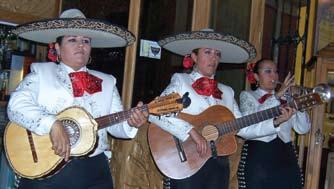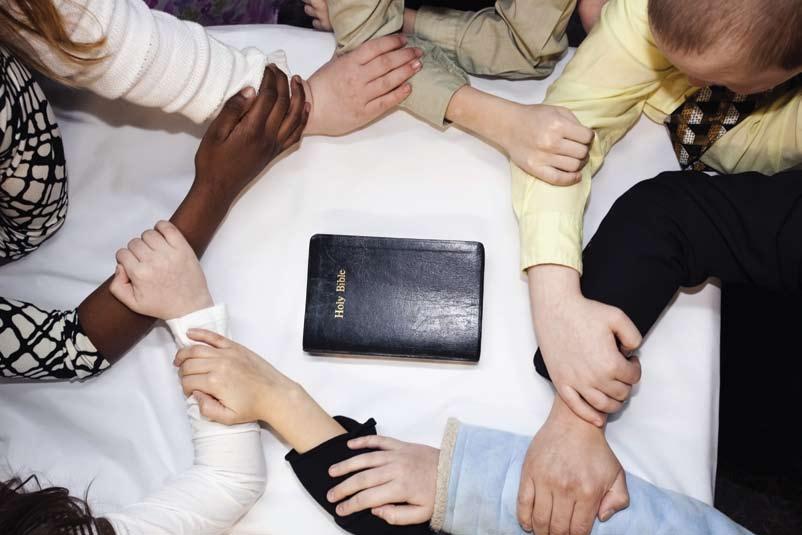George Toews is senior pastor of Rosenort EMC. This article was adapted by him from his presentation at the national EMC ministerial meeting on Nov. 27, 2009, at Pleasant Valley EMC. His longer presentation is available from the EMC national office.
The historical trail of the EMC membership idea by Dr. Arden Thiessen
A
: EMC A
RCHIVE
S
s a pastor I promoted the idea that church membership is good. I often invited new people who joined us for worship to commit themselves to us by becoming members in a formal, official way. The common friendly rebuff was, “What’s the point? We feel we belong already. And what’s the big idea about membership anyway?” In response to such vaguely evasive thinking I explore here the origins of our church membership idea. It is common to begin our historical thinking with the Mafekin g, developments of the sixteenth and Lyd 19 64: Betty Ge ia Duec ary, Tw y k. lla Duec century in Europe. We ask, k , Pasto r Dave “How did those radical evangelical believers of the sixteenth century, who condemned the Catholic mother church in Rome as totally unbiblical and turned their backs on the venerable state church concept, arrive at the idea of an apolitical free church?” I find nothing to suggest that they had a vision, a plan, or a model for such a new system. However, in contrast to the corruptions of the state church, which they constantly criticized and decried, they were committed to living the life they saw depicted in the New Testament. They wanted to emulate the love, the fellowship, the purity, the loyalty to Christ, and the discipline that they saw pictured there. About this they preached and to this they witnessed. They baptized each other as true followers of Jesus, they loved and supported each other, and they disciplined those who drifted away. It didn’t take long before their movement began to look like a new church. Within a few decades they were labelled as such by their critics. PHOTO
this biblical truth in any future forms church belonging may take, but it is also important to ask, “Does our existing form of membership adequately maintain this biblical model of what it means to be the church?” Many questions remain about how we express belonging in the church, but some matters are clear. Christ is the centre and since we all belong to Him, we, by that very experience belong to each other. We are all indwelt by the same Spirit and therefore are one. The life of the Church is a life lived in a covenant relationship with one another and is expressed by all the words attached to the phrase “one another” in Scripture. These are the foundations which cannot be compromised as we consider how to live in covenant community. It is easy to succumb to cultural reluctance to be subject to others. Past experiences of abuse of power which the church has exercised give reason for reluctance. Has this caused us to back off from belonging and all it means? Can we find new forms which retain the centre of the biblical model? What can the Church offer to a fragmented and isolated world because of the concept of covenant community? How do we communicate this positively and invitingly to those in and outside of the Church? May the vision of the body of Christ, which in eternity will be one, guide us to meaningfully connect to Christ and to one another!
Early writings I find no evidence, after browsing Balthasar Hubmaier, Peter Riedemann, Dirk Philips, and Menno Simons, to suggest (continued p. 12) THE MESSENGER | May 2010
11











